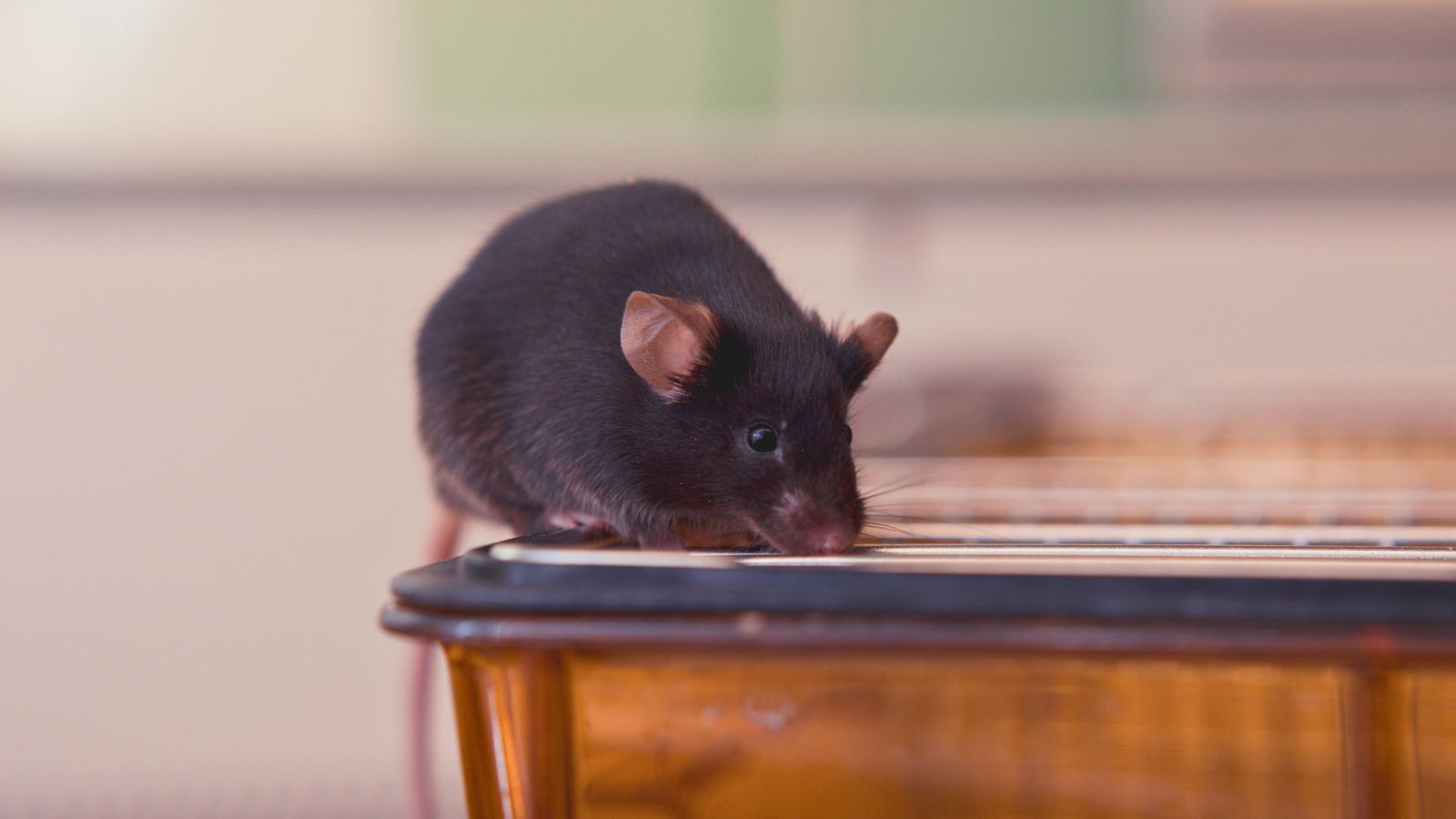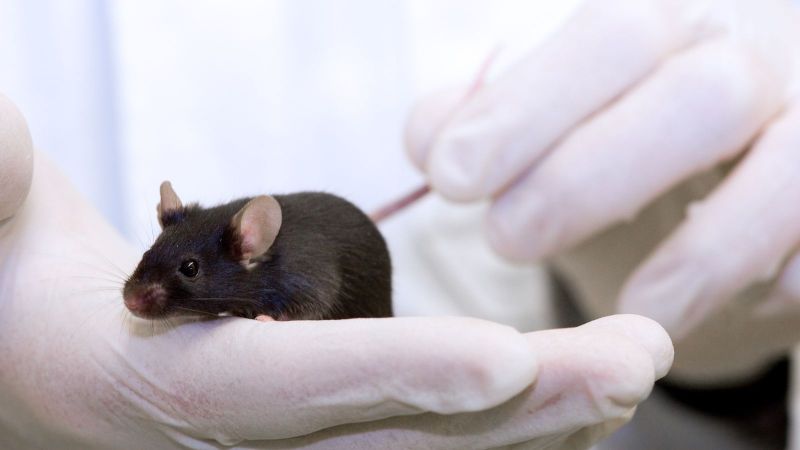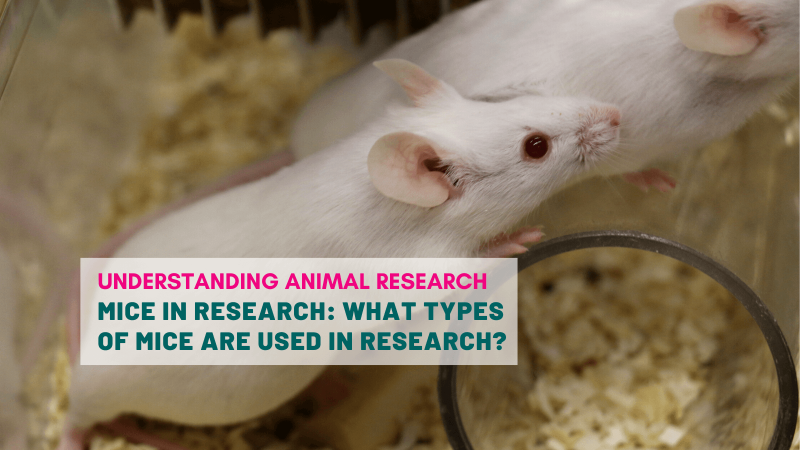
Across the world, mice make up the vast majority of all research animals. In 2023 in the UK, 60% of procedures using animals involved mice, followed by fish at 14%, then rats at 10%. Mice have emerged as the cornerstone of research in numerous fields of biology, ranging from genetics to immunology; but what makes the mouse so important that it is used in six times as many experimental procedures as rats when the two species seem to be so similar? Why don’t we use animals which are more like humans all the time? The reason why mice have become the default model in research, is a combination of history, biology, and practical science.
The Genetic Similarity of the Mouse
Despite the many obvious differences between mice and men, we have a lot of DNA in common, although it is not necessarily easy to say how much.
One of the pitfalls people often fall into when comparing the human genome to other species is to talk in terms of percentages as if this were straightforward to measure. It is not. You may have heard the claim that humans share 60% of their DNA with bananas, for example. But this is misleading, because it only compares the number of shared genes, not the total sequence of DNA of which those genes are part. Our DNA is largely comprised of what scientists historically, yet erroneously, called “junk” DNA. We now know this “junk” plays important regulatory roles in how genes get switched on and off and therefore how living beings develop. When the whole genome is taken into account, “junk” included, the banana appears a much more distant genetic relative. But where does the mouse stand?
If we compare DNA sequences between humans and mice, looking at both genes and the surrounding regulatory regions that control their expression, we find about 85% similarity. When we restrict the comparison to the protein-coding regions of the genes themselves, the similarity is even higher, often between 95% and 99%. Still, this varies by gene; some genes are nearly identical, while others may only be about 60% similar at the DNA level. Importantly, even when DNA sequences differ substantially, the encoded proteins can often carry out the same function.
Both humans and mice have a gene for insulin, a protein which helps manage sugar content in blood, for example, but the DNA sequence in mice is significantly different from the human gene. What is important from a research point of view is that they have the same effect (they both make insulin).
The Practical Argument for Mice
Going beyond their genetics, there are many other practical reasons for the use of mice over other research animals. Mice are able to reproduce rapidly with short gestation periods and produce large litters. This, combined with their life expectancy of approximately 2–3 years (which, it should be said, is a lot longer than that of wild mice) and the short time it takes for pups to develop into sexual maturity (6–8 weeks), means that they are very useful for experiments on development, aging and genetic inheritance.
The small size of mice means that they are easier and more cost-effective to house than larger animals. This allows large-scale studies to happen where funding and resources simply wouldn’t stretch to cover non-human primates or large species such as pigs. Even compared to rats, which are only slightly behind in these metrics, mice have a significant advantage: small differences add up quite quickly when large numbers of individual animals are needed.
It is clear that mice possess many factors linked to their biology which make them suitable for research, however this is only part of the story. Over time, the research ecosystem has been built around them with large investments in genetic modification tools, the development of standardised strains and infrastructural improvements for housing and husbandry. These have been made with the goal of making mouse-based research more feasible and more reproducible. In that sense, it has not been the goal to do more mouse experiments, but to improve the quality of the science that is being done with them.
The Ethical Question
Mice are complex and sensitive creatures that can suffer pain and distress and their welfare should always be a primary concern when designing a research project. But it is reasonable to believe that other species have a more developed capacity to suffer because of their different levels of sentience or cognition. This might seem obvious if we compare a mouse to a monkey, for example. It is much more difficult to keep a captive monkey in conditions that will not cause it stress than it is for a mouse. But it is also likely to be true for species much closer to the mouse in terms of cognition. Rats, for example, possess larger brains and are capable of more complex social emotions than mice. While this makes them more suitable for some psychological studies, it is often a reason to prefer mice over them for other research in order to minimise the likelihood of suffering.
These ideas are codified in the 3Rs framework, first proposed in 1959, which requires researchers (by law in the UK) always to Replace (the first R) animals with a non-animal alternative if they can and otherwise to Reduce (second R) the number of animals they use to a minimum and to Refine (third R) their experiment to minimise potential harm suffering or distress.
A Century of Refinement
Mice have been used in many experiments for centuries to study circulation and inheritance; however, their modern usage is often considered to begin in the early 20th century. This is when breeding in controlled environments began, following proof in 1902 that mice followed Mendel’s laws of genetic inheritance. By the 1920s, scientists had developed inbred strains meaning that any one mouse will be genetically very similar to another. In science, this makes the data gathered from using these mice as reproducible as possible and thus more reliable. This work became so linked to the world of science that one strain, C57BL/6, remains a standard in labs around the world to this day.
As researchers began to use mice, experimental data accumulated around them. Protocols were refined; knowledge deepened of every aspect of the mouse model to the extent where we now have entire mappings of the mouse genome. To some level, this created a feedback loop. More was known about this model, so it became a more attractive platform to base experiments on. With this in mind, it is paramount for scientists to recognise when the mouse model is appropriate for their system, and they are supported in that by a complex ethical framework.
Perhaps the most transformative development in the lab mouse toolkit is genetic engineering which came about in the 1980s and 90s. Scientists were able to ‘knock out’ certain genes of their choosing to learn more about their function. This was a fundamental paradigm shift in the field of genetics, leading to an explosion of discovery in many areas of biology ranging from development to disease. When CRISPR-Cas9 gene editing came about in the 2010s, the pace only accelerated further. Thanks to this technology, it is now faster, cheaper and more precise than ever before, allowing us to develop purpose-built models of human disease within a living system. Whilst the technology exists to genetically engineered too, the mouse remains far ahead of alternatives in our understanding.
What Are the Alternatives?
Animal research exists within a complex ethical and scientific landscape. While mice are the most commonly used species in science, they are not the only option for researchers. Choosing the right model depends on the scientific question being asked.
Where possible, scientists seek to avoid the use of animals altogether. In recent years a number of non-animal alternatives such as organoids and AI-driven computer modelling have been developed to attempt to mimic how diseases or molecules might behave in the human body. There is no question that these models have and will continue to reduce the number of animals required in research through continued investment in the area.
However, they remain limited in scope, and it is unlikely they will ever completely eliminate the need for animal models. Organoids for example can mimic the function of a single tissue but lack the complexity of an entire body system. A tumour may be affected differently by a drug when in the presence of a fully functioning immune system. Computer models can only ever be as good as the data fed into them, and thus any new problems that arise can’t be accurately modelled with them.
When an animal must be used, the simplest possible organism will always be preferred. This can mean a microscopic nematode worm or a fruit fly, but it may be that despite the ethical pressure to use animals with the most limited cognitive powers possible, more complex species are the only practical option.
Pigs for instance are increasingly used in cardiovascular research because their heart anatomy more closely resembles that of a human’s. This has resulted in numerous advances in treatments for heart conditions such as heart failure. Similarly, non-human primates are sometimes used under strict scrutiny for some experiments in the field of neuroscience because they most closely replicate the complexity of human brain function. Neurological studies not requiring non-human primates may still use rats due to their complex social behaviours.
Wherever an animal is used it will be selected on the basis of a complex balance between biological relevance, practical feasibility and ethical cost.
The Future?
Despite major advances in non-animal alternatives, living animal models remain an essential part of biomedical research and it is unlikely that they will be completely replaced in the near future. That means that the mouse will continue to be a significant presence in laboratories around the world for a long time to come because of the value they offer in delivering insights into questions which researchers cannot answer any other way.
But they will be used thoughtfully. The use of animals is never automatic, and their welfare should always be of first importance to the scientists conducting the experiments. The broader scientific community remains committed to the use of animals only where necessary and continues to invest in the development of non-animal alternatives as well as more refined animal research techniques.
Last edited: 20 October 2025 12:24






